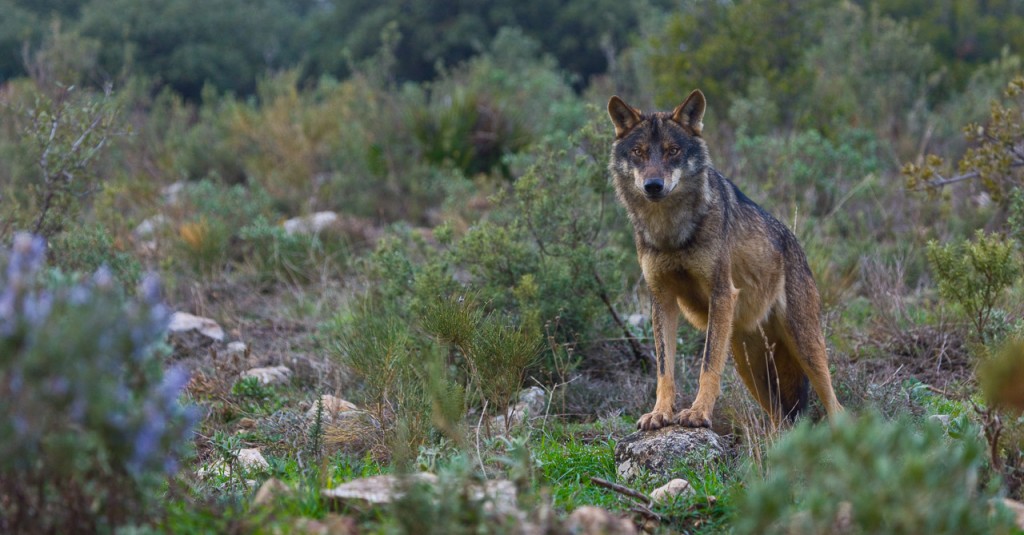The Serra da Malcata Natural Reserve (created on October 16, 1981) is a relatively small portion (about 20%) of the area of Special Protection Area and Site of Malcata Community Interest and it is also Reserve biogenetic the Council of Europe.
It is characterized by the presence of relief marking saw Malcata, with an average height of 800 m, steep slopes and water lines leading to relatively narrow valleys and notorious shortage of agricultural land. The saw is part of the divide between the basins of the Tagus and the Douro, where the Coa River begins.
They can be seen well-preserved tree stains examples, and the results of the recent recovery of native vegetation that has taken place since the strong agricultural abandonment in the sixties of the twentieth century, associated with a profound reduction in grazing pressure.
In the further northern areas, there are forests of “rebollo” or “melojo” and in the further southern areas; there are abundant patches of holm oaks and cork oak. They are also important areas of pasture and groves at the edges of water bodies. Along the river flows highlights the riparian forest formations dominated by alders that make up a classified priority for conservation habitat.
It should also be highlighted the presence of Mediterranean temporary ponds meso-hygrophilous grassland and communities “cambronales” (Iberian endemism).
As for the fauna in this area, the Reserve Malcata is the southern limit of the distribution of wolf in Portugal, and Coa Valley will have in the future an important role in connecting wolf populations south of Duero. Equally noteworthy is the historical presence of Iberian lynx, this area being one of the first candidates to be re-colonized by this species if it continues its current rate of expansion.
Melojo forests located in the northern area of ZEPA are an excellent habitat for honey buzzard, the booted eagle, the short-toed eagle and red kite. The thickets dominated by shrubs are important to the marsh harrier and the hen harrier, being particularly rich medium passerines
In the central region, heaths arise interspersed with traditional areas of rye, today virtually nonexistent. To the south, the slopes of SPA have forests of oak and arbutus, used for nesting by black stork, buzzard, the black vulture, short-toed eagle, the eagle owl.


